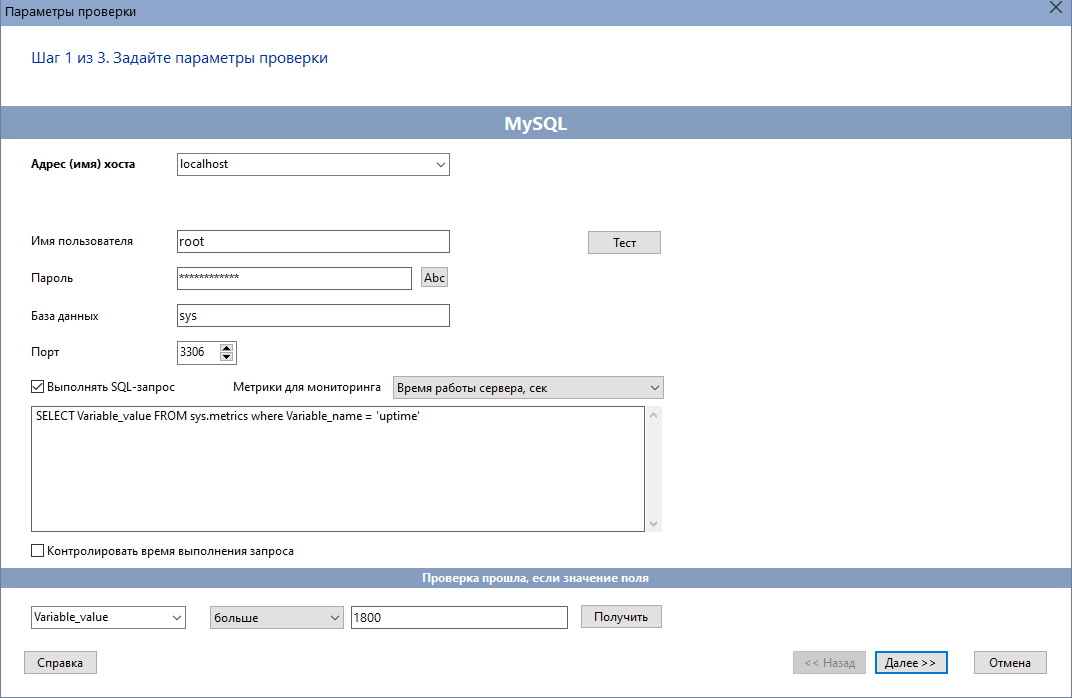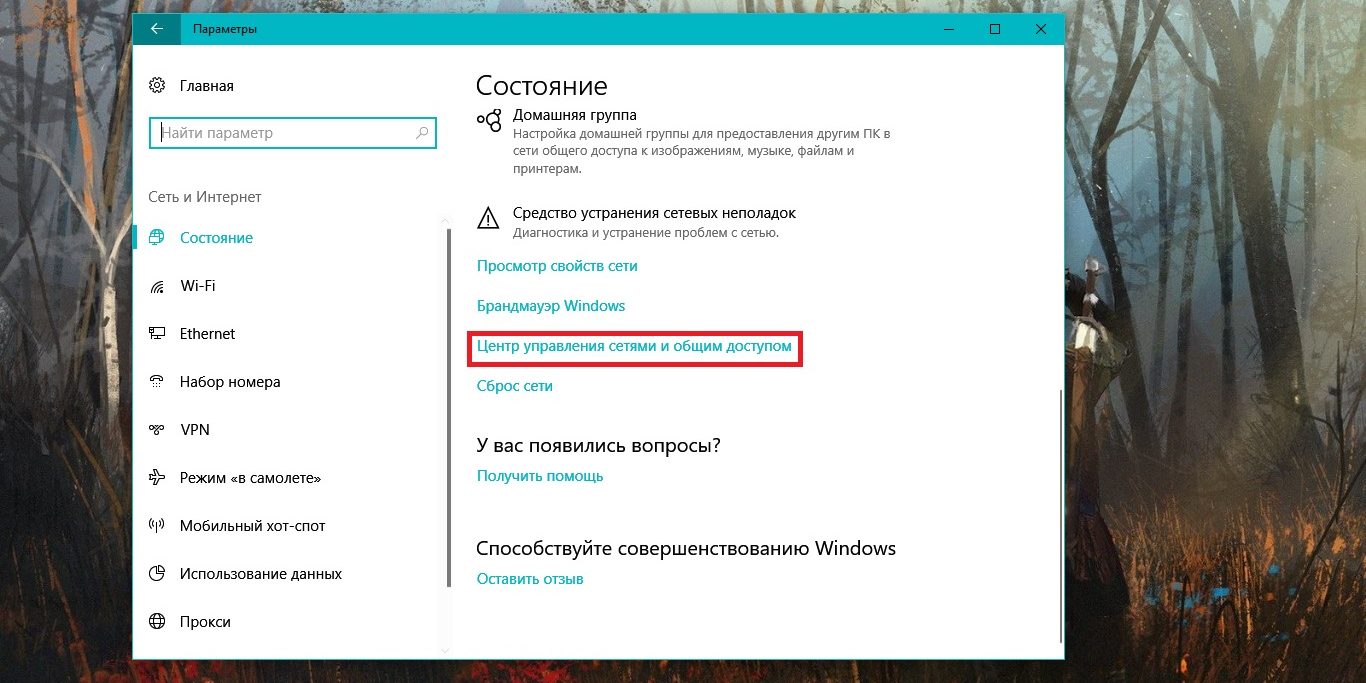Do not forget to regularly update the monitoring tool and follow the new versions to be aware of the latest changes and improvements. It is also recommended to back up the database data, so that in case of anything, it is possible to quickly restore the information.
Now that you know how to set up MySQL database monitoring, you can confidently control the operation of your database and ensure its stable and reliable operation.
After completing these steps, you will be able to monitor the operation of your MySQL database in real time, receive notifications of any failures or problems, and analyze the performance of your database. This will greatly simplify the database management process and help prevent potential problems before they occur.
Do not forget to regularly update the monitoring tool and follow the new versions to be aware of the latest changes and improvements. It is also recommended to back up the database data, so that in case of anything, it is possible to quickly restore the information.
Now that you know how to set up MySQL database monitoring, you can confidently control the operation of your database and ensure its stable and reliable operation.
How to Set Up MySQL Database Monitoring?
MySQL is one of the most popular database management systems, used by many web developers worldwide. But what if you need to track the performance of your MySQL database and respond quickly to any problems? There is special software for this that allows you to configure database monitoring. Let’s figure out how to do it.
The first step is to choose the right tool for monitoring MySQL. There are many platforms that provide this capability, such as Percona Monitoring and Management (PMM), MySQL Enterprise Monitor, or Zabbix. Each of them has its own features and advantages, so it is recommended to study each of them and choose the most suitable option.
After selecting a tool, you need to install and configure it to work with your database. This will require several steps:
Step 1:Download and install the MySQL monitoring tool of your choice;Step 2:Create a user in MySQL with privileges for monitoring;Step 3:Configure the tool to connect to your database and track the necessary parameters.
After completing these steps, you will be able to monitor the operation of your MySQL database in real time, receive notifications of any failures or problems, and analyze the performance of your database. This will greatly simplify the database management process and help prevent potential problems before they occur.
Do not forget to regularly update the monitoring tool and follow the new versions to be aware of the latest changes and improvements. It is also recommended to back up the database data, so that in case of anything, it is possible to quickly restore the information.
Now that you know how to set up MySQL database monitoring, you can confidently control the operation of your database and ensure its stable and reliable operation.



![How to Set Up Automated VDS Backups in [Platform/Location]](https://valebyte.com/blog/wp-content/uploads/2025/11/leonardo_3b4910a9-300x169.jpg)

